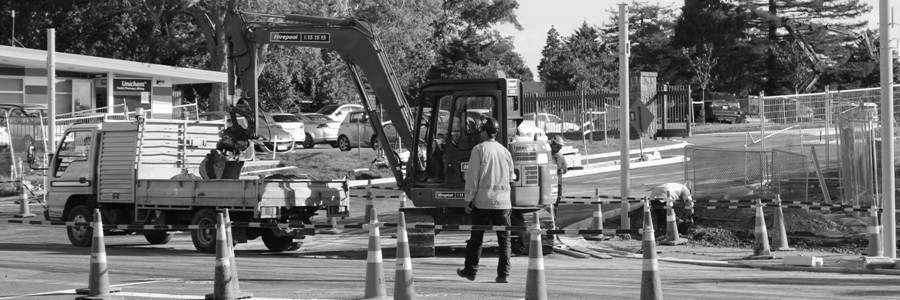Many local authorities are still caught in the trap of depending on an annual residents survey to determine service performance. The lack of actionability this delivers can make it something like a school report with the much-feared head master’s message saying “must try harder” - without making it clear about why, at what, or how!
But with a more actionable approach to measuring customer experience, some of our clients have been able to identify potential service failures and monitor, and actively manage, the performance of their internally and externally resourced service delivery processes.
Their success has come about by using customer experience measurement as an ongoing performance management tool, looking inwardly to act as a feedback control mechanism to drive continuous improvement. They did this by implementing a three step measurement strategy:
- Step 1: Make measurement an ongoing activity
When you drive a car, you constantly watch where you are going, and use what you see to make adjustments to your speed and direction. That way, you are more likely to arrive safely at your destination.
The same is true for managing a service delivery process. You need to make measurement an ongoing activity, so you can use what you learn to make the adjustments necessary to achieve your service objective.
- Step 2: Report performance at the same level
you need to take action
Just as when driving a car, when it comes to managing local government services there is little to be gained by aggregating your performance into some sort of single magical score (in some cases, designed more to satisfy executive curiosity than to satisfy customers).
To know what button to press, or what lever to pull, your reporting must give you a clear view of the performance strengths and improvement opportunities of each service process, each member of staff, and each external resource, involved in delivering the service.
- Step 3. Incorporate performance reports into
your routine performance management activities
Armed with regular updates, these councils incorporated their customer experience tracking programme into their routine performance management activities.
By using it as part of their one-on-one coaching sessions with contact centre staff, and periodic reviews with departmental managers, process managers and external service providers, they transformed customer feedback from being an unwanted “annual criticism” into being a welcome driver of improvement, innovation and change.
Before implementing the programme they found that process and system failures, and other “human factors”, contributed to a range of service delays, and sometimes service requests slipping though the net and remaining completely unactioned.
Service delays often lead to customers calling back to repeat, or escalate their requests. Inaction or a delayed response from local authorities can often lead to more costly solutions being required later, and sometimes to a risk of property damage and public safety.
By using ongoing measurement to routinely “close the loop” with customers, and by measuring performance at the level that action need to be taken, it helps to identify the specific request types, processes, systems, departments, service crews and contractors involved in each service failure.
Using these findings as part of their routine performance management activities to drive continuous improvement, the councils were able to reduce service request call-handling demand in their call centre by as much as 13%, reduced prematurely-closed service requests by 30%, and increase customer satisfaction by 10%.
“Hats of” to their service managers and teams for achieving great savings for their councils and a fantastic example of how to improve service AND reduce costs by turning customer experience measurement into management actions!
For additional reading about measuring and managing customer experience in local government please feel free to visit our local government “industry perspectives” page, or if we can help you in this area please get in touch, and we can schedule a chat.
About the author: Paul Linnell
 Paul
Linnell is a service improvement champion, working internationally
with senior managers and their teams to help them achieve business
success, reduce risk and build customer loyalty and advocacy by
improving service to customers. Paul specialises in the design
and deployment of customer experience measurement, service quality
improvement, complaints handling and preventive analysis programmes.
For most of his career he has worked in Europe and North America and
for the past 10 years Paul has been based in New Zealand, continuing
to serve clients globally.
Paul
Linnell is a service improvement champion, working internationally
with senior managers and their teams to help them achieve business
success, reduce risk and build customer loyalty and advocacy by
improving service to customers. Paul specialises in the design
and deployment of customer experience measurement, service quality
improvement, complaints handling and preventive analysis programmes.
For most of his career he has worked in Europe and North America and
for the past 10 years Paul has been based in New Zealand, continuing
to serve clients globally.

